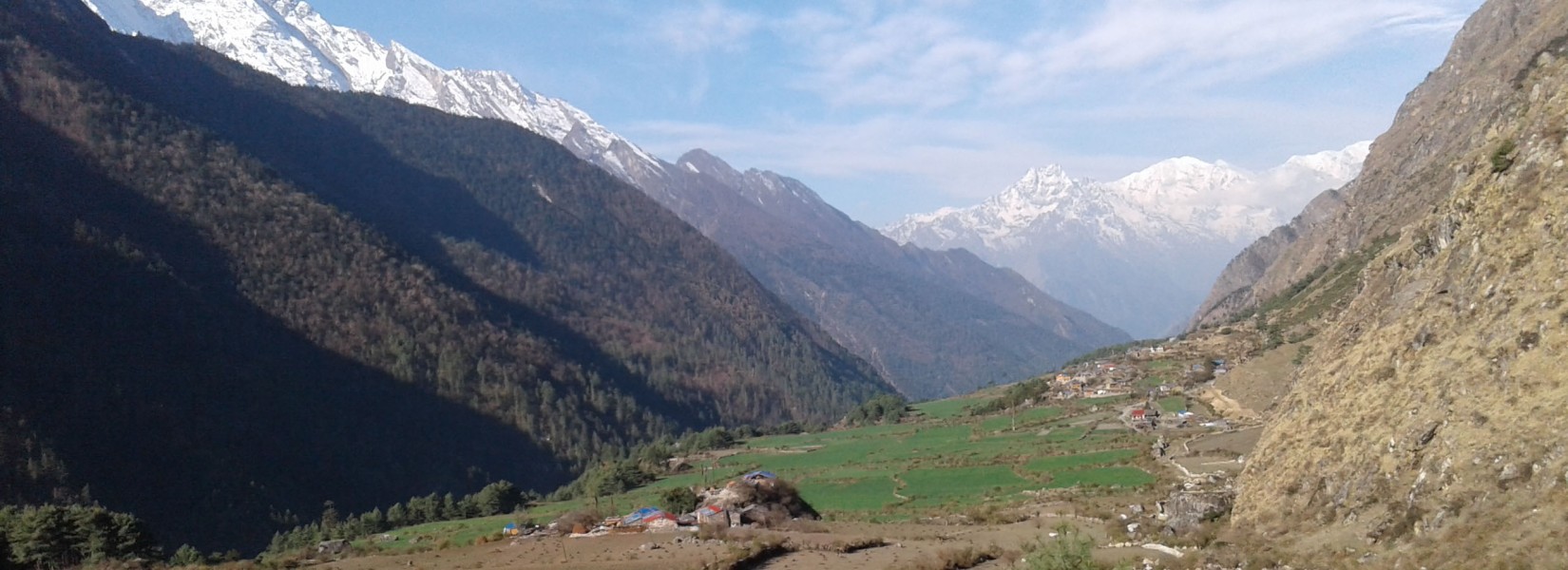Visiting Tsum Valley feels like stepping back in time, offering not just a trek but a cultural immersion.
The weather in the Himalayas plays a crucial role in trekking experiences. Tsum Valley is best visited during the following seasons:
Food is freshly prepared and filling — perfect fuel for long trekking days.
Note: Your trekking guide will always carry the permits and check them at various entry points along the trail.
Tsum Valley trek takes you from subtropical villages to alpine valleys, so preparation is key.
Packing smart ensures both comfort and safety throughout the trek.
Frequently Asked Questions (FAQs) – Tsum Valley Trek
1. Where is Tsum Valley located?
Tsum Valley lies in the northern Gorkha district of Nepal, close to the Tibetan border. It is a restricted trekking area, culturally rich with Tibetan Buddhist heritage, monasteries, and ancient traditions.
2. How difficult is the Tsum Valley Trek?
The trek is considered moderate to challenging. You will be walking for 5–7 hours daily on uneven trails, with some steep ascents and descents. No technical climbing skills are required, but a good level of fitness and stamina is essential.
3. Do I need prior trekking experience?
While prior trekking experience is not mandatory, it is recommended. Trekkers who have done moderate treks like Annapurna Base Camp or Langtang Valley will find this trek manageable. First-time trekkers with strong fitness can also complete it.
4. What is the maximum altitude of the trek?
The highest point reached on the Tsum Valley trek is Mu Gompa (3,700m / 12,139 ft), a sacred monastery near the Tibetan border.
5. What permits are required?
You need three main permits:
Tsum Valley Restricted Area Permit
Manaslu Conservation Area Permit (MCAP)
Annapurna Conservation Area Permit (ACAP)
Note: Solo trekkers are not allowed; you must travel with a registered guide and agency.
6. What kind of accommodation is available?
Accommodation is in basic teahouses. Rooms are usually simple with two single beds, a mattress, blanket, and pillow. Bathrooms are often shared, and hot showers may not be available in higher areas. In Kathmandu, you can expect comfortable hotels with modern facilities.
7. What kind of food is served on the trek?
Meals typically include Dal Bhat (rice, lentil soup, and vegetables), Tibetan bread, noodles, soups, potatoes, and tea. Vegetarian options are widely available, though food variety is more limited in higher altitudes. In Kathmandu, you will find Indian, Continental, and Chinese cuisines.
8. What is the best season for Tsum Valley Trek?
Spring (March–May): Warm days, rhododendron forests in bloom, and clear skies.
Autumn (September–November): Stable weather, crisp mountain views, and pleasant trekking conditions.
Winter can be very cold, and the monsoon brings heavy rains, landslides, and leeches, making trekking difficult.
9. Is altitude sickness a risk?
Yes, altitude sickness can occur as you trek above 3,000m. Acclimatization, proper hydration, walking at a steady pace, and avoiding alcohol can help reduce the risk. Carrying Diamox or consulting with your guide is recommended.
10. Is safe drinking water available?
Bottled water is available but discouraged to reduce plastic waste. Instead, trekkers are encouraged to use water purification tablets or a water filter to treat tap or spring water.
11. Is Wi-Fi or phone network available?
In the lower villages, you may find limited phone signals and occasional Wi-Fi. However, connectivity becomes very unreliable or unavailable in higher and remote areas.
12. What should I pack for the trek?
Essential items include:
Good trekking boots, warm jacket, sleeping bag
Trekking poles, gloves, layered clothing
Headlamp, water purification tablets, sunscreen, and first aid kit
Power bank, as electricity may be limited
13. Do I need a guide and porter?
Yes. Since Tsum Valley is a restricted area, a registered guide is mandatory. Porters are optional but highly recommended if you want to trek comfortably without carrying heavy loads.
14. How physically fit should I be?
You should be able to walk 5–7 hours daily with a medium backpack. Preparing with cardio, hiking practice, and leg-strengthening exercises beforehand will help.
15. Are there cultural considerations I should respect?
Yes. Tsum Valley is deeply Buddhist and culturally conservative. Respect local customs by:
Walking clockwise around Mani walls and stupas
Asking before photographing locals
Dressing modestly
Avoiding disrespectful behavior in monasteries


